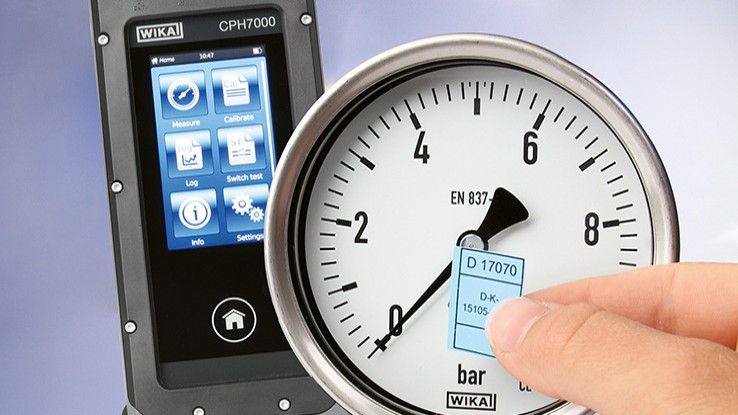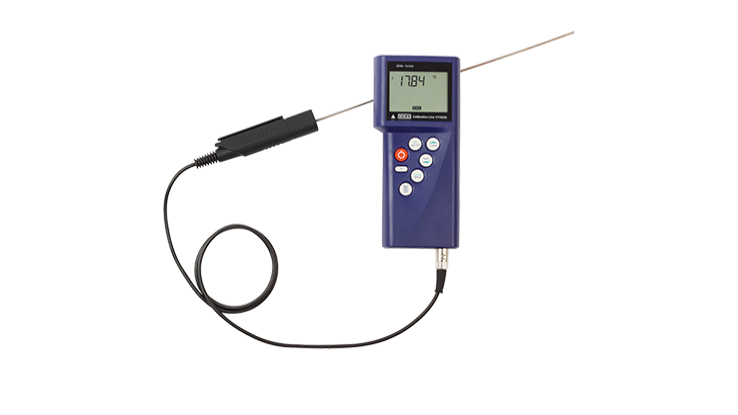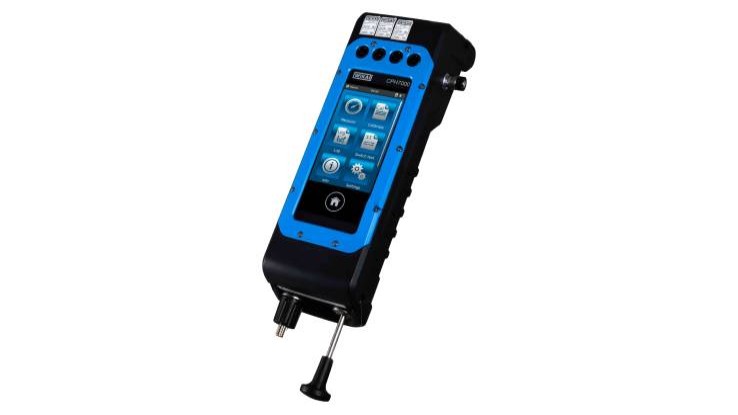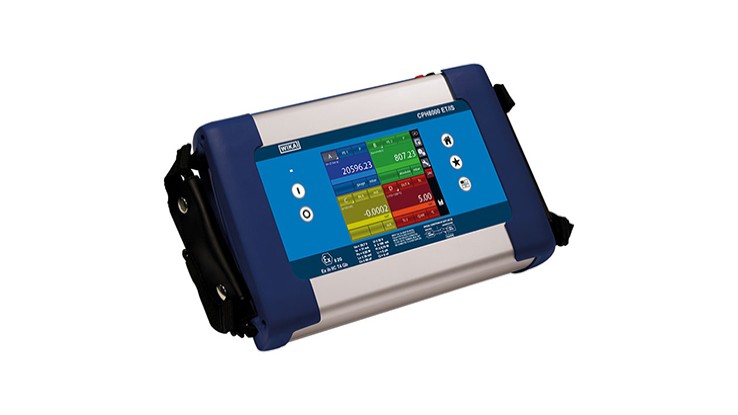Process Calibration
A process calibrator combines raw materials to produce a final product. The product is anything (usually of greater value than the constituent components) that is produced by following the process. The process is essentially a recipe that defines the parameters that will result in a quality product. The parameters are measured by sensors that are used to monitor, and control the process within tolerable limits. To preserve an accurate assessment of these process variables all the sensors should be calibrated periodically. Process calibration ensures that the measured physical properties are accurate, and the process is maintained within the defined tolerances.
The sensors measure, pressure, temperature, electrical signals, positions and proximity, weight, color or any number of physical property of the materials being processed. Processes are found in power utilities, refineries, pharmaceutical manufacturing, semiconductor manufacturing or anywhere materials are processed to produce a product or desired outcome. Sensors are used in research to validate a manufacturing processes or in pilot plants to validate methods for full high volume production.
Sensors are used to collect data or control processes. Sensor data collection is used to verify quality and to measure production quantities. Sensors used to control the process send measurement signals to process controllers that use algorithms that send signals to process control elements like a control valve, a heater, or any device that can affect the process variable. These control devices can be modulated to supply the proper flow, pressure, temperature, voltage or other physical property that will sustain the desired quantities that have been prescribed by the process to obtain a quality result in the final product. The sensors and the process control devices are said to be in a control loop. Controlling a process to an optimal set point, or rate can be achieved using this regime.
Process Calibrators
To maintain accurate sensor performance each sensor should be calibrated. Some sensors are critical to the successful production of product and must be maintained at a high accuracy levels to ensure quality product. On-site calibration can reduce downtime and with proper techniques can be accomplished with portable calibrators, handheld calibrators, multifunction calibrators and, in hazardous areas, intrinsically safe calibrators.
Handheld Pressure Calibrators on the Mensor Site
Process Calibrators from WIKA
WIKA has a full line of process calibrators for calibrating pressure, temperature and associated electrical signals. Portable calibrators are designed to perform calibration in the field without having to remove the sensor from the process. Handheld calibrators are lightweight and make it easy to calibrate in tight spaces. Multifunction calibrators are capable of calibrating multiple sensor types and signals from a variety of sensors like thermocouples, RTD's, pressure sensors, and voltage / milliamp signals coming from transmitters. Multifunction calibrators also have the capability to source signals to test a measurement instrument or to test a controlling device. Portable, handheld, and multifunction calibrators are used onsite or in the field to both measure and simulate process variables. Measurement of pressure, temperature and electrical signals is accomplished within calibrators using a sensor that is more accurate than the sensor being measured. A source of pressure is accomplished with pumps that are accessories to or integrated into handheld, portable pressure and multifunction calibrators. Intrinsically safe portable pressure loop calibrators are used to supply the pressure to a sensor and simultaneously measure the output in hazardous areas where explosive gas or dust may be present.
Software and Datalogging with Process Calibrators
The data acquired from process calibrators for pressure, temperature and electrical signals can be manually recorded or logged automatically within the calibrator to satisfy reporting requirements of your plant quality standards. Data acquisition is integral in the WIKA CPH7000, Pascal 100 and Pascal ET.
What is the Purpose of Process Calibration?
Process calibration makes sure instruments utlized in various industries provide accurate for the final product. This includes verifiying and adjusting these instruments against known standards.
What Devices are Associated with Process Calibration?
Process calibration is usually peformed by handheld pressure calibrators. Some of these handheld pressure instruments are the Model CPH7000 and Model CPH8000, both of which can be found on the Mensor website.
What Industries Use Process Calibration?
Process calibration is a key practice in many industries that use precision measurements for safety and product quality. These industries include pharmaceutical as well as oil and gas.

Need instruments calibrated?

What is Intelliscale?
Intelliscale is a way to describe a percent of reading accuracy statement in an easily understood, abbreviated way. An intelliscale sensor can be in a pressure controller, calibrator, digital pressure gauge or a stand alone transducer.
IntelliScale ...
more
How do I zero a sensor?
Gauge:
Vent the transducer that you are zeroing. Perform a single point "Zero" calibration for that sensor by following the instructions for the specified product.
Absolute:
Zeroing an absolute sensor requires a vacuum standard such as a Hastings gaug ...
more





